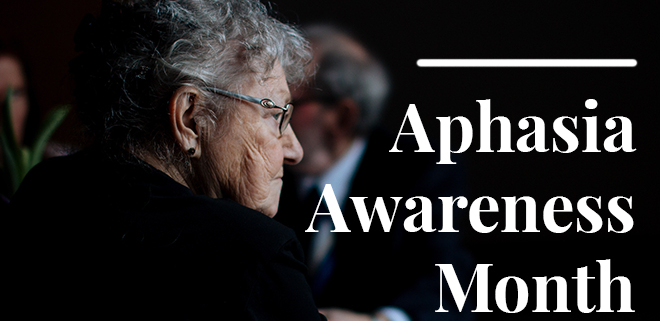There are many things to love about summer, from activities like camping and cooking out, to hanging out with family in the great outdoors. But it also exposes us to a wide variety of potential burns that we can take lightly if we’re not careful.
Here are some of summer’s burn hazards, and preventative measures that can keep your risk of injury low.
Summer Sun
Enjoying the sunshine is just part of any typical summer day. Over-exposure to sun is a serious issue, however, especially when you consider its potential short- and long-term effects.
Sunburn
When the amount of exposure to the sun exceeds the ability of the body’s pigment (melanin) to protect the skin, sunburn occurs. The sun’s ultraviolet rays can cause serious damage to the skin. You can even get sunburned on a cloudy day, because the majority of ultraviolet rays can pass through light clouds and haze. To avoid sunburn, select shaded areas – whenever possible – for outdoor activities, and wear protective clothing such as wide-brimmed hats and long-sleeved shirts.
When it comes to sunscreen, use products that have a Sun Protection Factor (SPF) of at least 15, and have both UVA and UVB protection.
Eyecare
It’s equally important to protect your eyes from the harmful effects of over-exposure to UV rays. Sun damage can lead to serious eye problems later in life. Protect your eyes with UV-blocking sunglasses and wear hats with wide brims. Wraparound sunglasses provide further protection by keeping light from entering the corners of your eyes.
Infants and the sun
Infants and young children are at a greater risk of suffering sunburn because their skin is thinner than adults. Babies less than one year old should be kept out of direct sunlight, and should always be dressed in protective clothing such as long pants, long-sleeved shirts, and wide-brim hats.
Camping Safety
For many of us, summer means camping out with family and friends. But it can place you at a greater risk for burns if you’re not careful. Keep the following camping safety tips in mind:
- Choose a tent made of flame-retardant fabric.
- Build your campfire downwind and at a good distance from your tent.
- Always have an extinguisher tool, such as a shovel, bucket of water, or fire extinguisher, on hand.
- Never use heat-producing appliances (such as cooking appliances or heater) inside your tent.
- Never add a flammable liquid to a fire or hot coals.
- Always have adult supervision of children around the fire.
- Never leave a fire unattended.
Fireworks
Enjoying brightly-colored fireworks is part of summer’s fun. They can also be dangerous – approximately 10,000 people suffer fireworks injuries every year, with nearly half of those injuries suffered by adolescent and children under 14-years old. Burns are often the result of improper use of fireworks and sparklers. Here are precautions you can take to prevent injuries:
- Only adults should handle fireworks. While sparklers and other backyard fireworks might seem harmless, small children should never be allowed to handle them.
- Never try to re-light fireworks that don’t work. Soak them with water instead. Always have a bucket of water or fire extinguisher handy.
- Be sure to light fireworks out of range of spectators.
- Light fireworks on smooth, flat surfaces away from houses and flammable material.
- Never place your body or face over fireworks.
Barbecue Grills
Whether you’re using a gas or charcoal grill, cooking out increases your risk of fire and potential burns. Gas grills have been linked to over 7,000 fires per year, but charcoal grills have potential fire risks, as well.
Propane grills
The ease of cooking with a propane grill makes it a very popular form of barbecuing. Propane is a flammable gas and should be handled accordingly, however. Propane grilling accidents tend to happen when the grill is left unattended, or just after the gas cylinder has been refilled and reattached. Be sure to check all of grill’s connections for leaks by spraying soapy water on them. If bubbles arise, then there’s a leak and you should turn off the tank valve and tighten connections. Also, never start a gas grill with the lid closed, as gas can accumulate inside when not in use.
Charcoal Grills
When using a charcoal grill, never use gasoline as a starter fluid. When using regular starter fluid, let the fluid set for a minute before lighting the coals as this allows the heavy concentration of vapors to disperse. And always place the container of fluid far away from the coals before starting before starting the fire.





